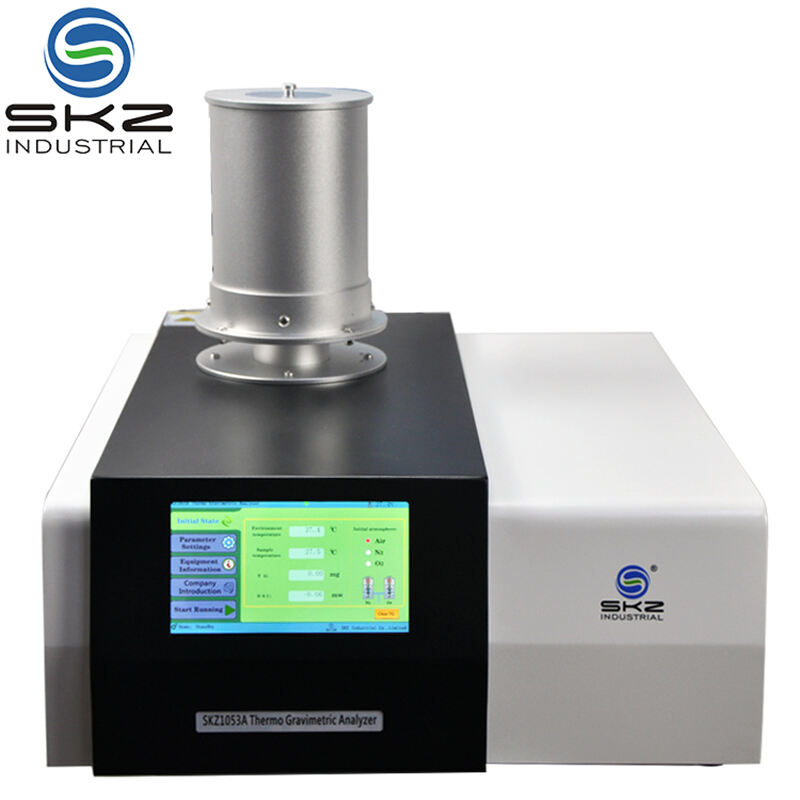DTG technology is widely used in the following scenarios due to its high sensitivity and accuracy:
Analyze the thermal stability of polymer materials (such as the decomposition temperature of plastics and rubber).
Determine the decomposition ratio of each component in the composite material.
Detect the purity and decomposition behavior of active ingredients of drugs.
Evaluate the compatibility of drug excipients with the main ingredients.
Study the combustion characteristics of biomass (such as the pyrolysis behavior of straw and waste).
Analyze the thermal degradation process of pollutants (such as microplastics).
Optimize the thermal stability of battery materials (such as lithium-ion battery electrode materials).
Evaluate fuel combustion efficiency and residual composition.
